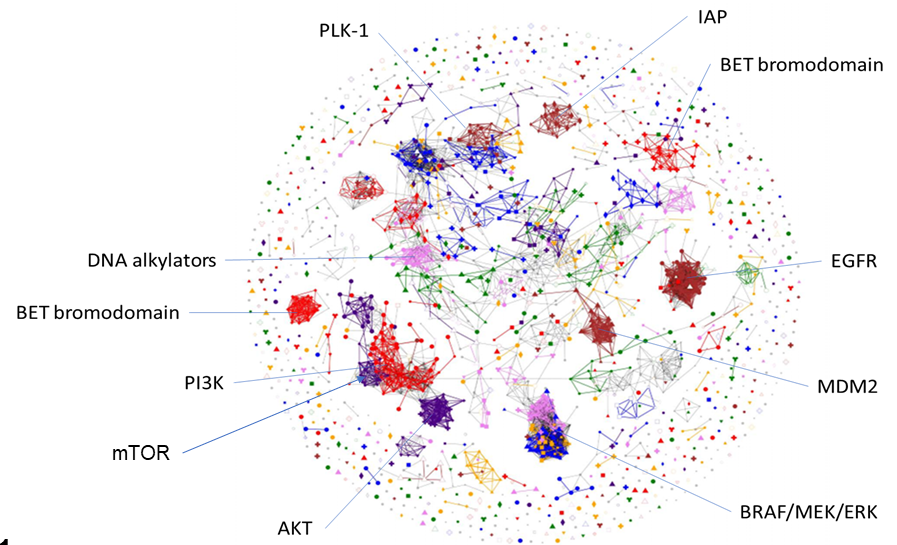NCI60 Cell Lines And Organoids Screening Laboratory
The NCI60 Cell Lines And Organoids Screening Laboratory is responsible for running the NCI60 cell line screen as a resource for the research community. The screen is run on a regular schedule to evaluate new agents submitted by investigators. Additionally, the lab runs screens against organoid cultures developed in-house from the patient-derived models' program. Samples include normal or malignant tissues obtained from surgical resections, patient biopsies, or tissues from mice. Morphological properties and growth characteristics are characterized. Also, appropriate culturing conditions, handling methodologies, and assays for automated drug screening are developed. The organoids are evaluated in screens which include FDA approved anticancer agents, as well as investigational agents as single agents or as combinations with endpoint or multiplex assays by measurements of luminescence, fluorescence, and absorbance. Bright-field and high content imaging are also used.
Target Validation and Screening Laboratory
The Target Validation and Screening Laboratory has the infrastructure and expertise to perform a wide range of biochemical and cell-based assays. These include high-throughput screens of single agents and combinations of agents. Experimental systems include patient-derived tumor models, established in vitro cell cultures, and monolayer and 3D multi-cell type, and tumor spheroid models. Characterizations are run using a fully automated 384-well screening system with endpoint or multiplex assays by measurements of luminescence, fluorescence, absorbance, and bright-field and high content imaging. The screening libraries are composed of compounds with largely defined mechanism(s) of action, which are in clinical use or under active clinical investigation. This provides a facile pathway for clinical translation of active compounds from the screen. Additionally, the results of these screens might define potential new targets for drug discovery against rare, recalcitrant, or neglected cancers.
Tubulin Biochemistry and Pharmacology Laboratory
The Tubulin Biochemistry and Pharmacology Laboratory is interested in all aspects of tubulin biochemistry and pharmacology. The lab's particular focus is the discovery and analysis of novel molecular entities and how they interact with tubulin. This laboratory joined the Developmental Therapeutics Program in 1996. It assists extramural laboratories by leveraging expertise in evaluating entities that interact with all drug binding sites on tubulin. The laboratory is engaged in multiple extramural collaborations with research groups all over the world.
Mechanism of Action Laboratory
The Mechanism of Action Laboratory is the newest component of the Molecular Pharmacology Branch. It is analyzing single agent and combination screening data against a range of cancer types in combination with cheminformatics. Its goal is to identify synergistic drug combinations for further possible study as candidates for therapeutic development.
List of References
View the list of references.
